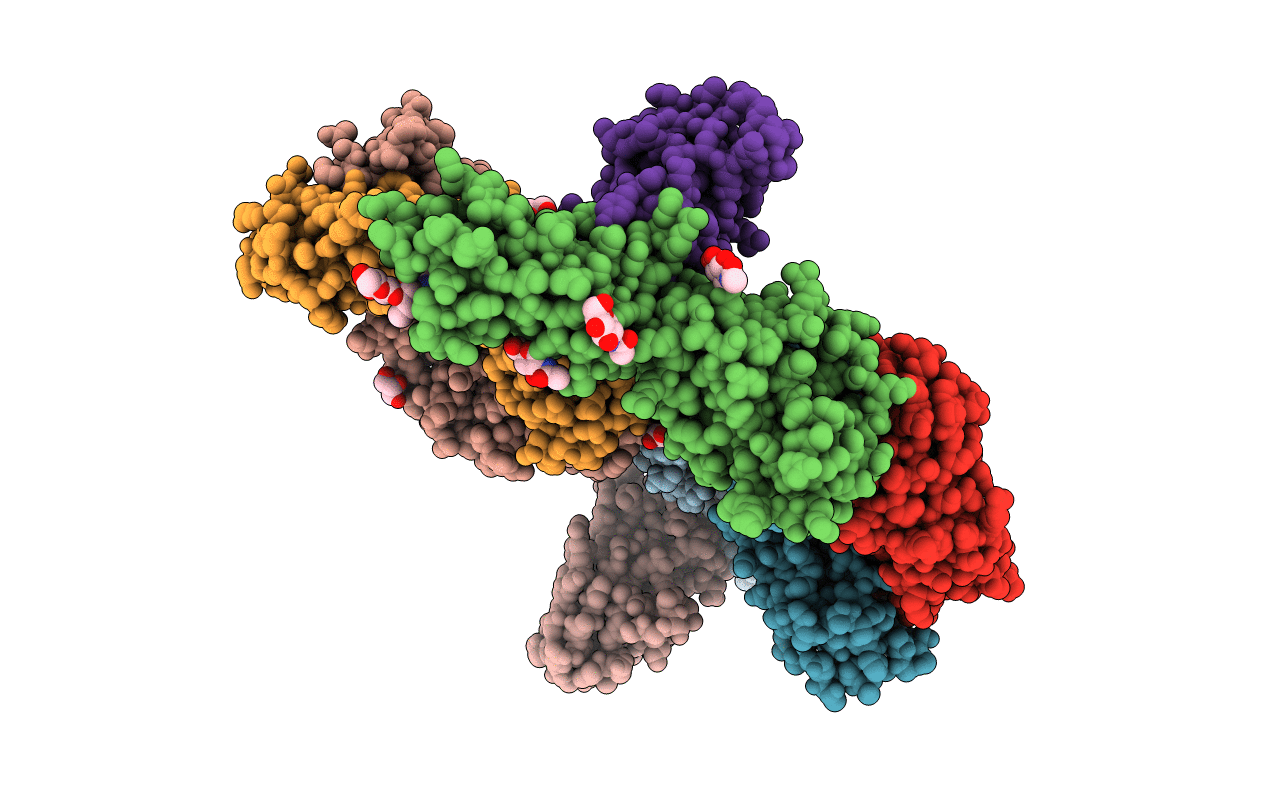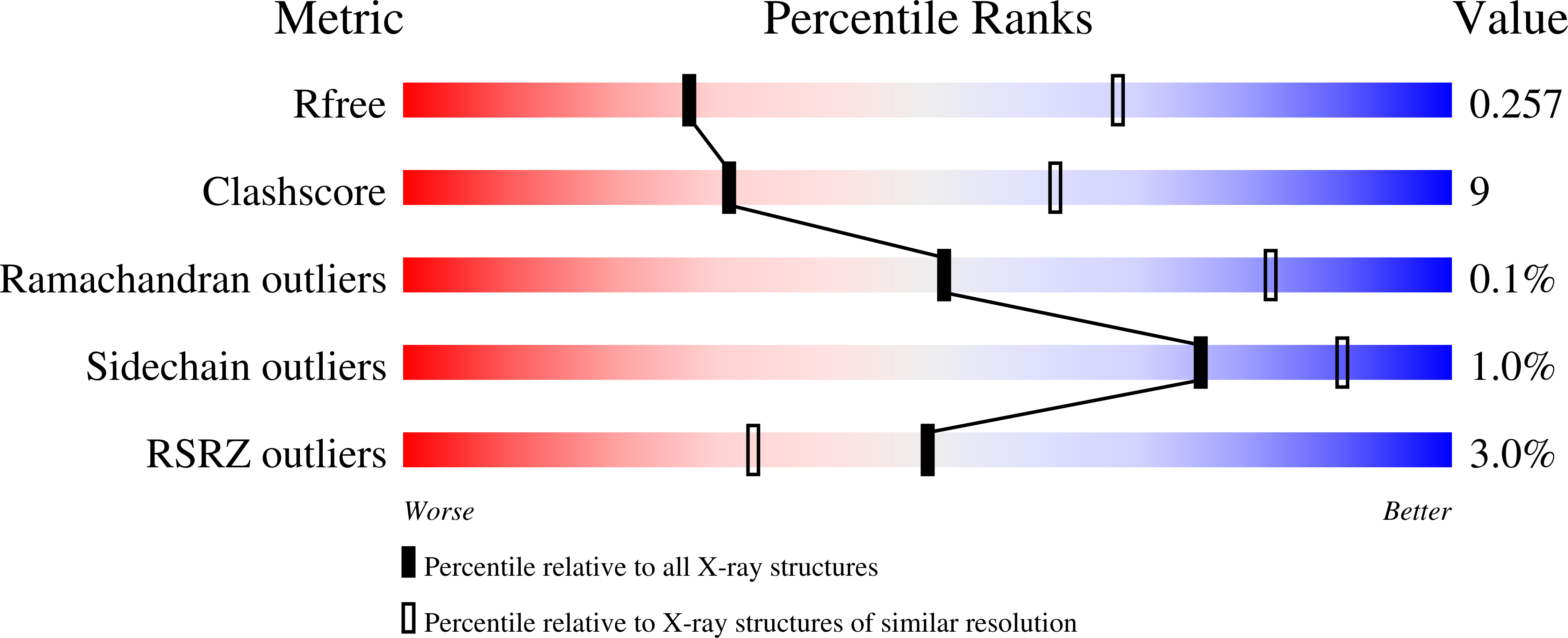
Deposition Date
2020-05-23
Release Date
2020-10-14
Last Version Date
2024-10-09
Entry Detail
PDB ID:
6X4T
Keywords:
Title:
Crystal structure of ICOS-L in complex with Prezalumab and VNAR domain
Biological Source:
Source Organism:
Homo sapiens (Taxon ID: 9606)
Orectolobus maculatus (Taxon ID: 168098)
Orectolobus maculatus (Taxon ID: 168098)
Host Organism:
Method Details:
Experimental Method:
Resolution:
3.15 Å
R-Value Free:
0.25
R-Value Work:
0.20
R-Value Observed:
0.20
Space Group:
P 1 21 1


